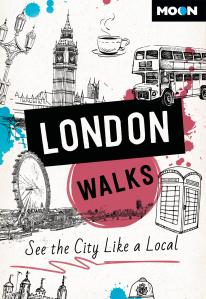London’s History: The Blitz
During World War II, once France had fallen to the Germans in 1940, Hitler then turned his attention toward invading Britain. But first, he had to cripple its air defenses. To achieve this, his Luftwaffe had to gain air superiority over the Royal Air Force. This involved sending wave after wave of fighter planes to engage and destroy the British air force, as well as destroying important military targets on the ground. This primarily aerial battle is known as the Battle of Britain.
During one such raid, a German aircraft strayed over London, dropping bombs in the east and northeast of town. This event prompted Britain to retaliate on Berlin, and started a new and tragic phase of the war. Hitler was said to be furious about the attack on Berlin and ordered the purposeful targeting of populated city areas (including London) and Britain’s air defenses around the clock. His aim was to destroy the British morale and undermine the support for the war.
From September 1940 to May 1941, Britain and its population had to endure sustained bombing by the Germans—an event that is referred to as “the Blitz” (German for “lightning”). Several British cities were targeted by the Luftwaffe during this period, including Coventry, Birmingham, Edinburgh, Belfast, and Portsmouth (to name but a few). However, it was perhaps London that felt the terrible effects of Hitler’s bombing raids the most, having to sustain 76 consecutive nights of attack.
To escape the bombing Londoners would take to the Underground, where they would crowd into the stations. Outside of the center of town, those who had a backyard were encouraged to build an “Anderson Shelter” where they could seek safety during an attack. Although the government initially tried to stop Londoners from using the Underground as a bomb shelter, it soon had to change its thinking as there simply wasn’t any other place safe enough to accommodate everyone in the middle of town. The hastily constructed concrete air raid shelters that the government had built simply weren’t up to the job. It is thought that during the height of the London Blitz as many as 177,000 people would assemble in London’s Underground stations, during daytime air raids and at night.

By the end of the Blitz as many as 60,000 British civilians had been killed during the air raids—half of which were in London—with around 87,000 people seriously injured. More than two million homes were lost in the Blitz (60 percent of which were in London). This had a lasting effect on London’s post-war housing, prompting the rapid development of new towns outside the city. In town, you can still see the scars of where the bombs fell, knocking out a few houses in a terrace of older properties. These have usually been replaced with 1950s or ’60s buildings, which are not always sympathetic with the surrounding architecture. The occasional unexploded bomb is still being found, forcing nearby residents and workers to evacuate the area while the bomb squad deals with the device.
Related Travel Guide
Pin It for Later


